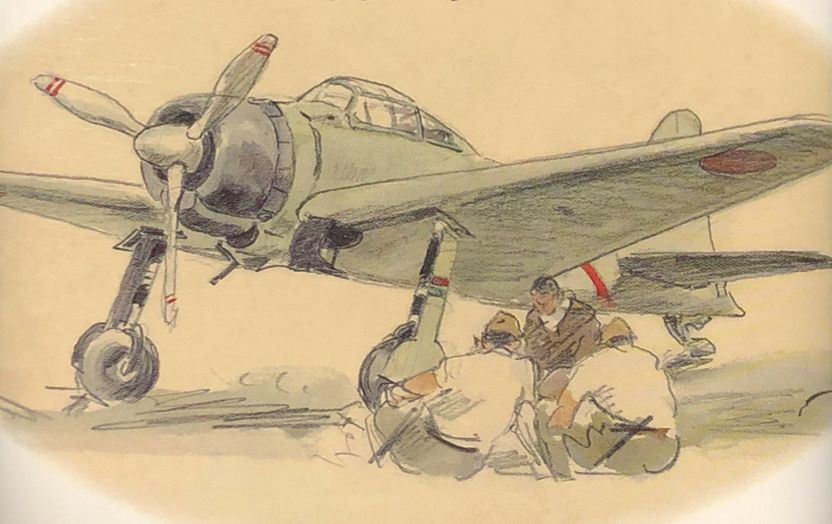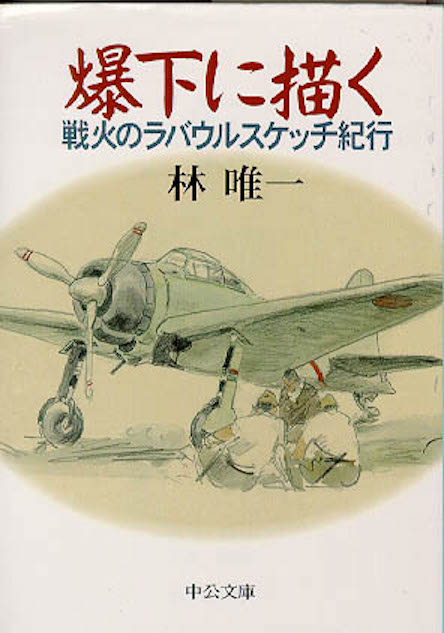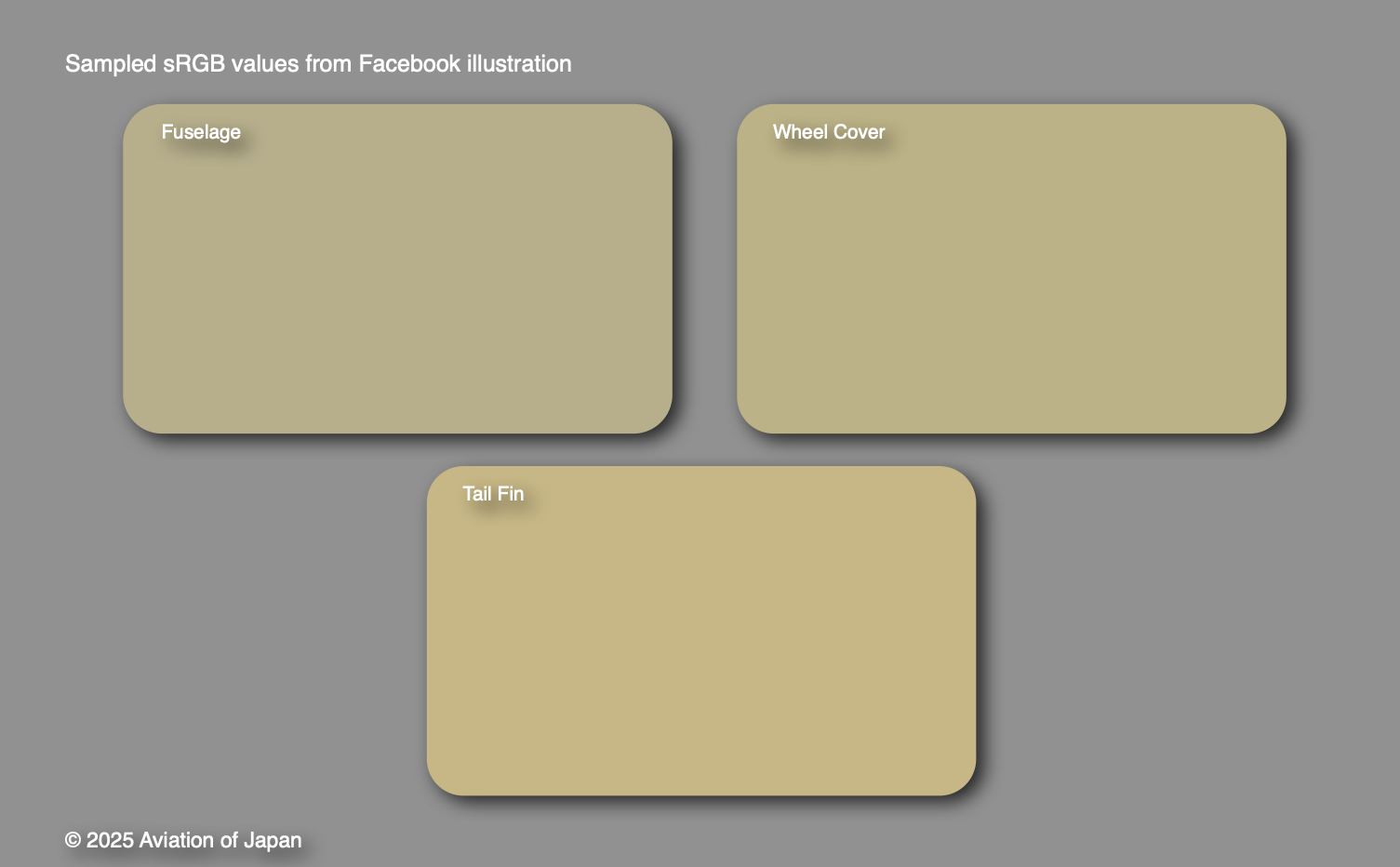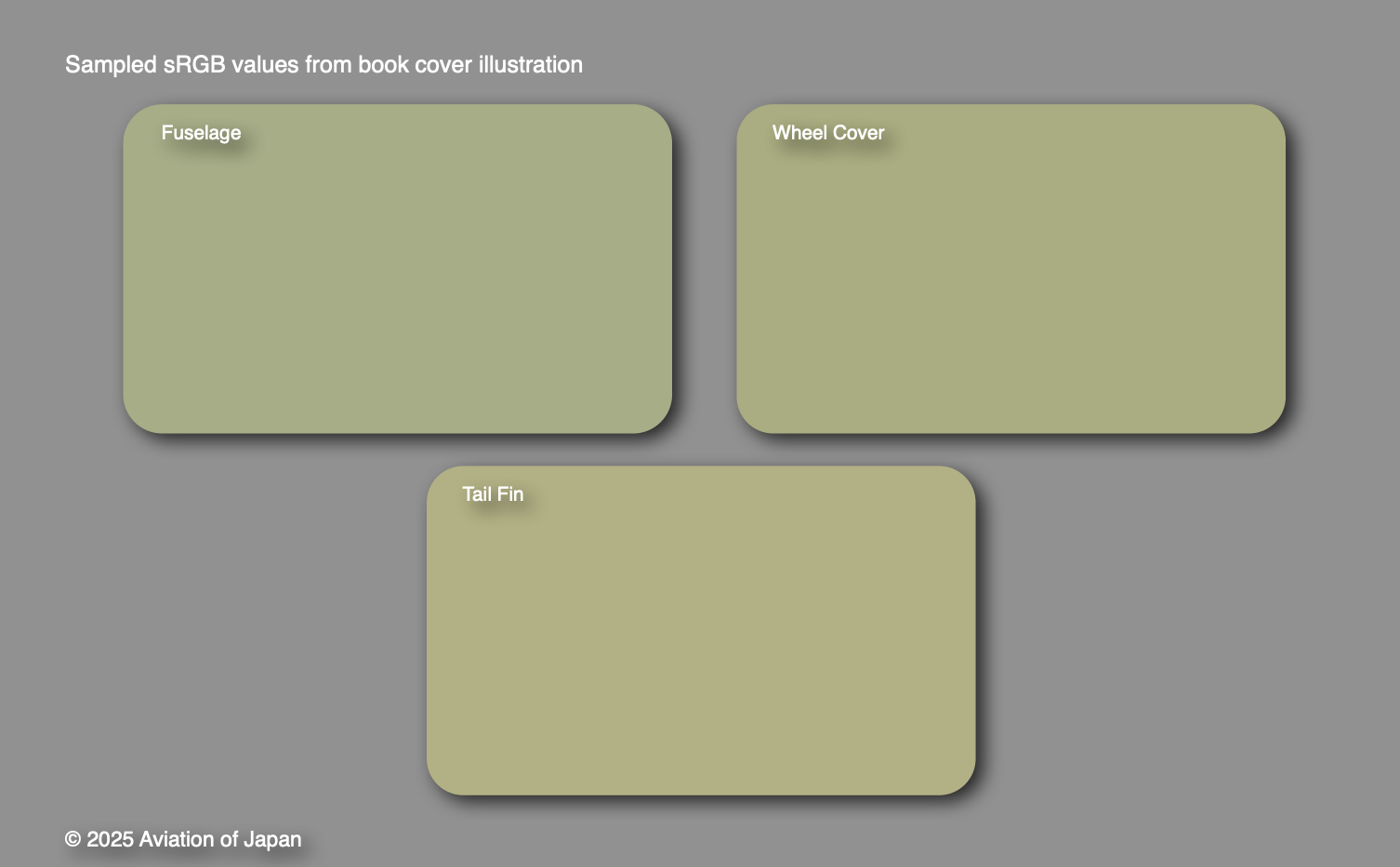
Recently Andrew Young kindly sent me the above image from a Facebook page about Zero Fighter Pilots. It is a painting by Tadaichi Hayashi, an artist who visited Rabaul in 1942. I had seen it before as the Japanese book it was taken from – ‘Painting under enemy’s bombing raid – sketches painted in Rabaul in combat’ was first brought to my attention circa 2000. The image of the book cover is shown below. It is a ‘cleaner’ and ‘cooler’ image without the stronger yellowish brown caste of the more recently shared copy.

The Zero in the illustration appears to show a greyish-green colour as once strongly advocated by the late David Aiken, who sometimes asserted that it was the Kariki 117 colour M1. That is unlikely as the Yokosuka camouflage trials for the Zero held in late 1941/early 1942 included one Zero ‘Yo-151’ specially painted overall in the M1 colour for testing. Had M1 been the existing factory colour that should have been unnecessary. Although the more recent illustration also appears to show a greyish green the actual colour is distorted by the yellowish brown caste of the image. Sampling the fuselage, wheel cover and tail fin from the digital image in sRGB results in the colour values shown below. Leaving aside an accusation of indulging in ‘pseudo science’ whatever the colour might have been intended to be by the artist (and which appears on the original painting) the illustrations as shown do not suggest a neutral, pure black and white grey, as recently asserted by Messrs Nakamura and Miyazaki.



The late Jim Lansdale regularly cited FS values of 16350 and 34201 as being close to the appearance of the colour on extant paint samples. Those seem dark and brownish compared to the tone typically seen in photographs but the exposed paint strata chalked quite rapidly towards a lighter and more greyish appearance as a result of the majority pigment of anatase form titanium dioxide (white) in the paint. As well as photochemical activity the ambering and darkening effects of thermal ageing* should be taken into account when assessing the appearance of the original paint surface, even on those examples preserved out of light and especially where the chalked strata has been abraded to reveal the underlying strata protected from UV exposure but not from temperatures. The paint beneath the chalked surface will typically darken and yellow slightly, without losing lustre, resulting in a ‘browner’ appearance than the original paint.
* A long-term, irreversible change in the structure, composition, and morphology of materials with exposure to temperatures
Image credit: Heading illustration Facebook via Andrew Young; Book cover image author; Colour schematics © 2025 Aviation of Japan



